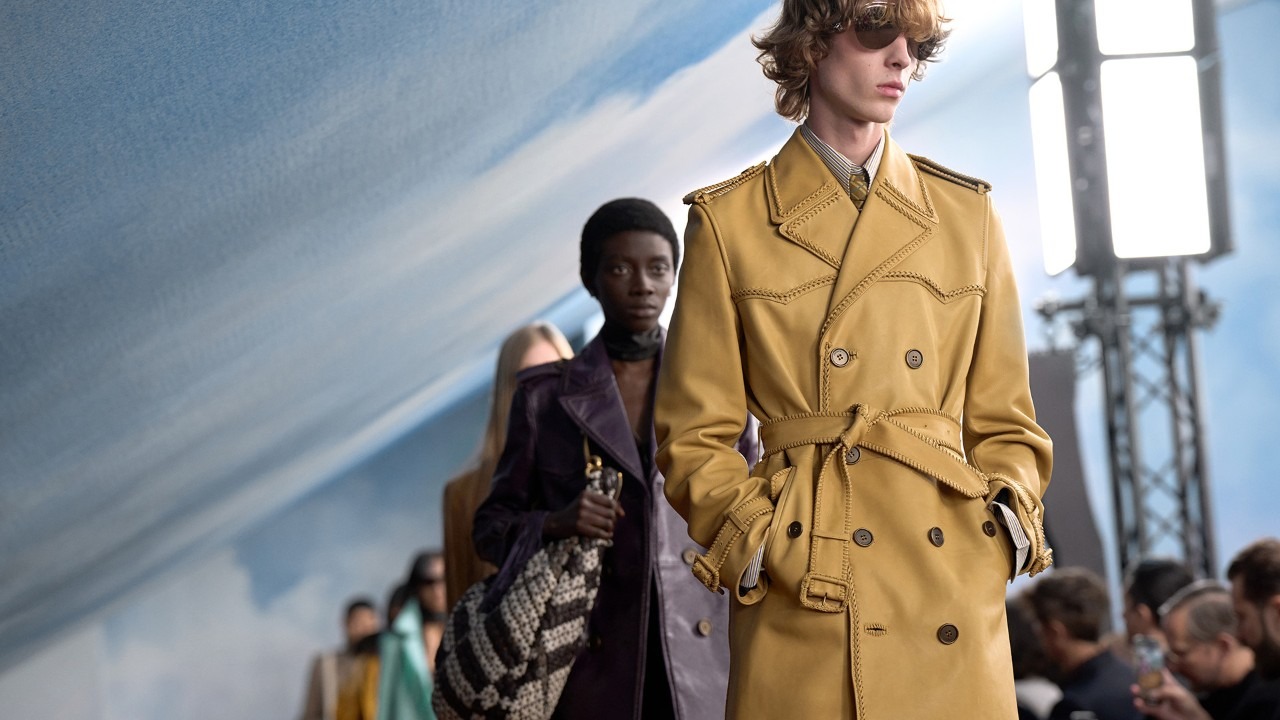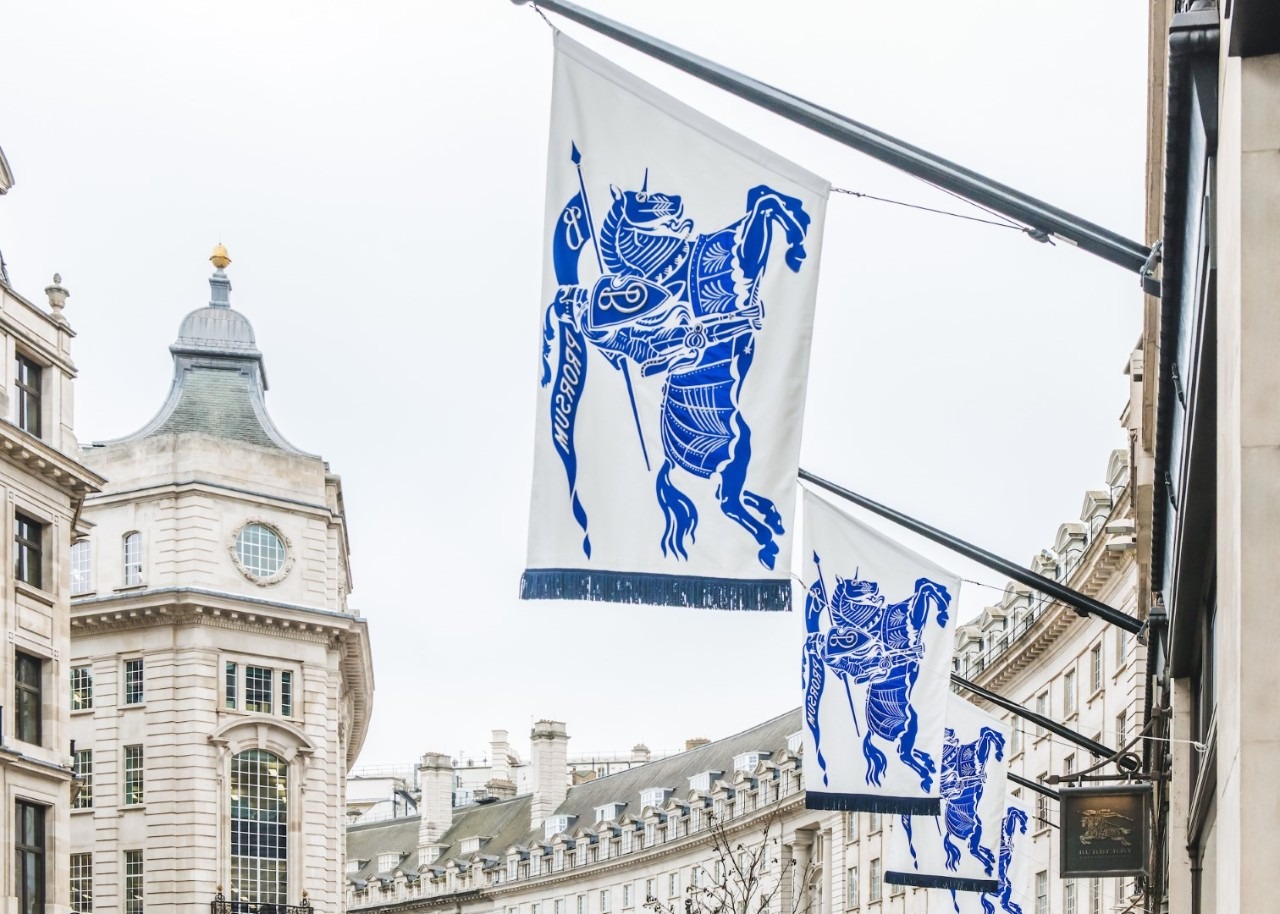Recently, British luxury brand Burberry released its latest financial report, revealing that one year after the launch of its transformation strategy, Burberry Forward, the company has reached a critical turning point. In the first half of fiscal year 2026, ending September 27, the brand’s comparable store sales in retail grew by 2% year-over-year in the second quarter—marking the first comparable store sales growth in two years and reversing the 1% decline recorded in the first quarter.
During the post-earnings conference call, analysts focused on four core challenges facing Burberry’s management team:
- What is the quality of this growth, and is it driven by discounting?
- With last year’s high base, how will growth be sustained in the second half of the fiscal year?
- Is the recovery in the Chinese market sustainable?
- How will the brand address gaps in menswear and accessories?
In response, CEO Joshua Schulman (pictured below) provided detailed explanations. His core message: Burberry is actively moving away from discount-driven short-term sales, instead pursuing high-quality growth centered on authenticity and timeless British luxury.

Challenge 1: Is growth driven by discounting?
When analysts raised market rumors that “Burberry has been heavily discounting,” the management team elaborated on its strategic balance between full-price and outlet discount channels.
Joshua Schulman said, “Let me tell you how we’re thinking about this and why the so-called ‘quality of sales‘ is so encouraging to us.”
“What we saw this quarter is that the strong performance of new arrivals in our full-price channels fully offset the decline in the outlet channel, including the drop in outlet footfall. Outlet traffic continues to be challenging. Moreover, the amount of inventory we’re directing to that channel is now reduced, and our discounting has also decreased.”
“All of this is very positive for brand health and brand heat. And you can really see it across the business in our full-price stores.”
Schulman further extended this notion of “sales quality” to the wholesale channel:
“In our wholesale channel, we’ve seen growth from our strategic partners—they include luxury e-commerce platforms, U.S. department stores, and even the travel retail channel. They’re coming back because they’re seeing higher sell-out rates of Burberry’s Fall/Winter collections in their stores. They’re enthusiastically coming to our showrooms looking for opportunities. They liked what they saw in the Summer collections. They believe their customers will like it too.”
“So this is creating a virtuous cycle with our strategic wholesale partners. It’s also helping to offset the planned decline in non-strategic partners.”

Challenge 2: Facing a tough year-over-year comparison in the second half
A direct consequence of stepping away from discounting is the difficult performance comparison that lies ahead in the second half of the fiscal year. During last year’s holiday season, Burberry carried out a large-scale public clearance sale.
Joshua Schulman proactively acknowledged this challenge: “Last year, we did a very public clearance event, both online and in stores. That contributed about three percentage points to our comparable sales during the holiday season. This year, we’re not doing that. We are returning to our normal end-of-season activity, which is much smaller in scale, more controlled, with shallower discounts and fewer units. All of this contributes to what I call the ‘quality of earnings.'”
Chief Financial Officer Kate Ferry added, “Normally, I wouldn’t comment much on current trading at this stage. But I will say that Q3 has had a solid start, consistent with the previous quarter, and we are pleased with our performance so far this quarter. But it’s only mid-November, and we still have Thanksgiving, Christmas, and Lunar New Year ahead. So it’s too early to draw any conclusions.”
“But I’d like to add one more thing: we also want to keep some firepower in reserve. This year, in consumer-facing areas, especially marketing, we’ve spent more year-on-year. We’re investing more in Lunar New Year.”

Challenge 3: Where is growth in the Chinese market coming from?
In the first half of the fiscal year, comparable store sales in the Greater China region declined 1% year-over-year. However, the second quarter saw a return to growth (Q1: -5%; Q2: +3%).
Joshua Schulman attributed this inflection point to internal strategic shifts: “The inflection in China this quarter was probably more driven by the changes we made internally.”
“When visiting our stores, it feels really good to hear that customers are truly coming back. For the past few years, our store teams have been trying to bring these customers in, but they didn’t see themselves reflected in the products we were offering. Now they’re coming in, and their conversion rate has significantly increased.“
“We’re also seeing increased global customer engagement as the quarter progressed, particularly in China, where our earned reach grew 129%. This translated into a 10% increase in new customers in China. So yes, they’re leading the way.“
Schulman emphasized that the resurgence of brand appeal is helping Burberry win over Gen Z: “Globally, our Gen Z customer base grew by 18%, and the growth is significantly higher in China.”
“There used to be a perception that to win over younger Chinese customers, you needed to be very edgy—doing what other brands were doing. But actually, what resonates in China today is authenticity and timeless British luxury.”
“We’re seeing this resonate with younger, cooler customers, as well as with more mature, more sophisticated ones. The breadth of our customer base is returning to the brand and starting to attract new customers, especially in China and the Americas. That’s one of the most satisfying things we’ve seen over the past few months.”

Challenge 4: How will Burberry address weaknesses in menswear and accessories?
In terms of category performance, womenswear (+2%) outpaced both menswear (-3%) and accessories (-4%). One analyst asked when these underperforming categories might catch up.
Joshua Schulman acknowledged the growing pains of restructuring the leather goods category, describing it as a “test and learn” case:
“If you dig into the numbers, our biggest inventory reductions were in leather goods. So that’s really where we cleared out a lot of inventory. We said this year would be about testing and learning. That’s what we’ve been doing. We’re seeing green shoots in some areas, and now we’re going back to rebuild those lines.”
He cited a vivid example from the runway—a pair of riding boots—to reinforce that authenticity is the key sales driver:
“There were those beautiful riding boots on the runway. We made a big bet on those beautiful boots. Even though we’ve never really had a history of selling super-high-end, minimally branded products, those boots are priced at £1,500 and above. They’re making a meaningful contribution to growth in that small category.”
“That was a really important lesson for me, because it’s such a quintessential Burberry item. It’s the kind of thing you imagine finding at Burberry—a beautiful pair of British riding boots. When we placed them within the context of that stunning runway show, customers responded. It actually became one of the key customer acquisition items.“
“I know I sound like a broken record on the theme of timeless British luxury, but it truly is resonating with our customers.”
“Twelve months ago, when we first launched the Burberry Forward strategy, we were either too niche or trying to mimic other brands’ strategies, without staying true to our own distinctive DNA. But now, when we lean into that, from the runway to campaigns, to store visuals, to our website, that’s what’s connecting with customers. It’s resonating with the customers we want to attract.”
“In the long run, I believe this represents a much bigger opportunity than I imagined a year ago. We’re going to treat the brand the right way, taking a measured, steady approach. We won’t chase sales just for the sake of sales,” Schulman concluded.

丨Source: Burberry earnings call
丨Image Credit: Burberry official website
丨Editor: LeZhi



